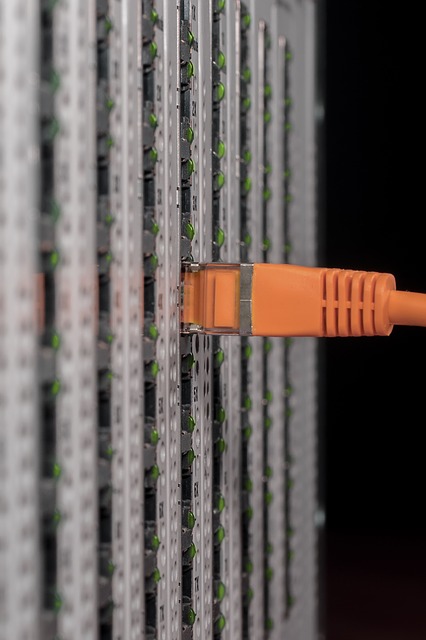Thanks to DOCSIS, the cable industry has been able to evolve over the past two decades. This standard has kept up with changes in the world of technology, but what exactly is DOCSIS. We will learn more about this standard in this article.
What Is DOCSIS?
DOCSIS is the abbreviation for Data Over Cable Service Interface Specifications. It is a telecommunications standard that is recognized around the world, and it enables the transfer of high-bandwidth data through the use of existing coaxial cable systems. These existing systems were previously used to transmit signals for cable television programs.
We are now seeing the third generation of DOCSIS, and many have high hopes for its continued evolution in the future. The DOCSIS standard has helped coaxial cable technology to stay on track, particularly given the problems they have faced due to the rise of high-speed fiber-optic internet.
A History of DOCSIS
As mentioned earlier, DOCSIS is now in its third generation and has a long history spanning nearly a quarter of a century. Below is information about the different DOCSIS standard generations that have been introduced over the years:
DOCSIS 1.0
The first DOCSIS standard was introduced back in 1997 when the 1.0 version came into play. With this version, a bandwidth of up to 40 Mbps was attainable via the downstream channel, and 10 Mbps via the upstream. After a couple of years, in 1999, there was an upgrade to the standard, and the 1.1 version was launched.
DOCSIS 2.0
Just a few years later, at the start of 2002, another version of the standard was introduced in the form of DOCSIS 2.0. This new specification came with the provision of more symmetrical transport bandwidth via both downstream and upstream channels. It came after manufacturers highlighted the need to cater to a higher demand for network bandwidth. Maximum speeds with this version changed to 40 Mbps for downloads and 30 Mbps for uploads.
DOCSIS 3.0
The need for maximum speeds continued with our move into the digital age, and this resulted in the launch of DOCSIS 3.0 in 2006. This specification looked at channel bonding, which was the combination of downstream and upstream channels as well as AUS encryption, IPv6 functionality, and IP multicast. This specification had the ability to connect 6-8 MHz channels downstream and could achieve DOCSIS speeds of up to 340 Mb/s and EuroDOCSIS speeds of 440 Mb/s. The potential speed for upstream channels was 120 Mbps.
DOCSIS 3.1
In 2013 came the introduction of DOCSIS 3.1. This specification enabled the implementation of GigabitEthernet in existing HFC networks as well as tackle challenges relating to fiber access networks. The advancements with this specification have resulted in an increase of 50 percent downstream efficiency and 66 percent upstream efficiency. There are also other improvements including other uses of the available channel bandwidth.
How to Manage DOCSIS Devices
Of course, it is important to have an effective device management solution in place when it comes to DOCSIS devices. There is device management software available that can assist with the management of the wide range of devices, which is something that can pose a challenge to Internet Service Providers.
If you want to learn more about DOCSIS and its capabilities visit the Axiros knowledge base.











